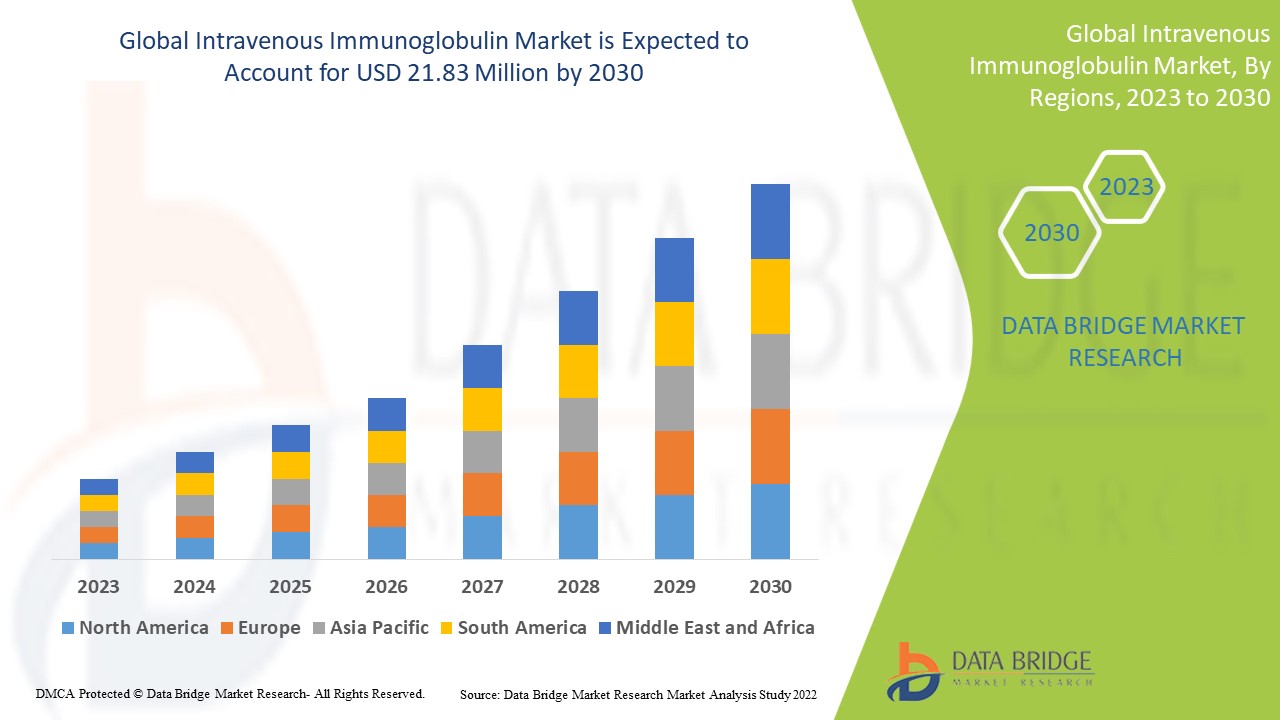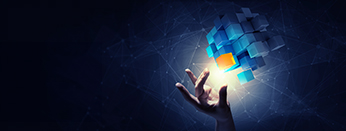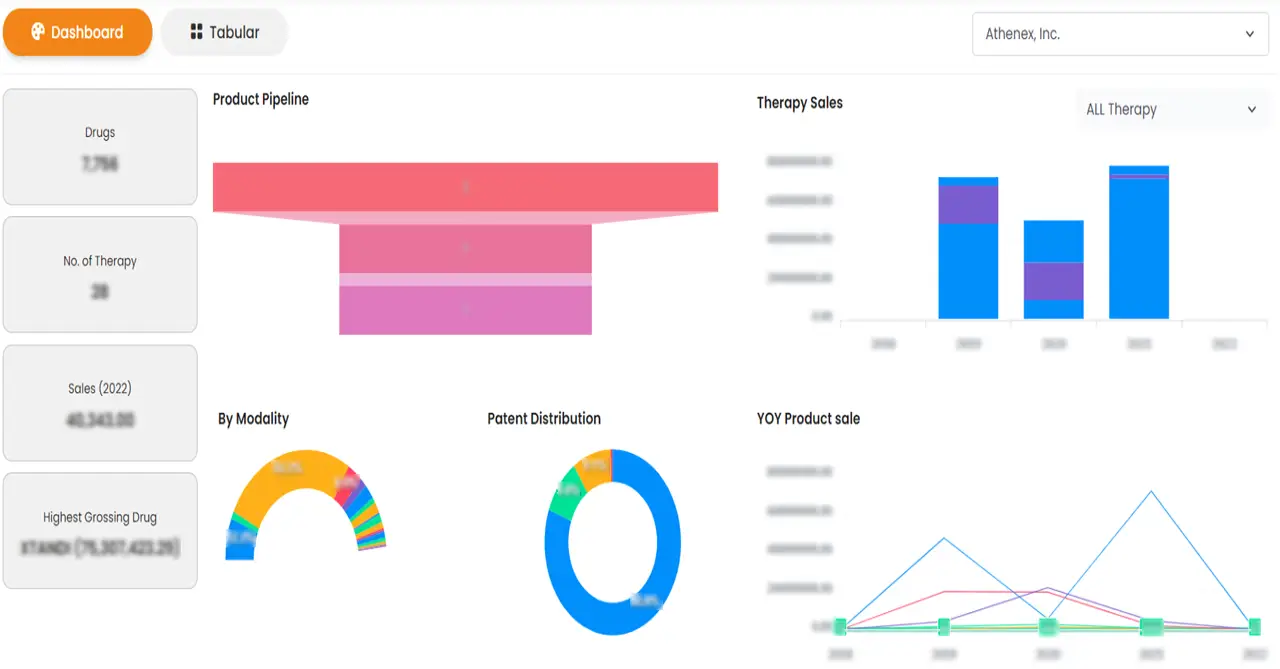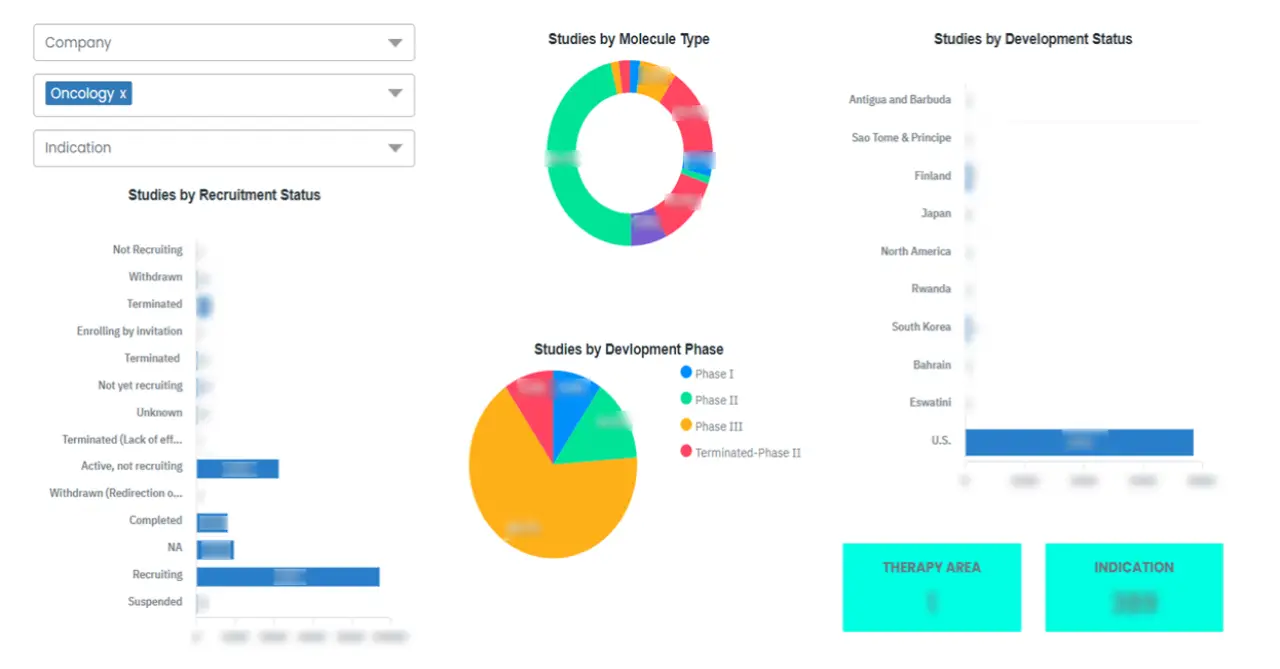Global Intravenous Immunoglobulin Market
Tamanho do mercado em biliões de dólares
CAGR :
% 
 USD
11.97 Million
USD
21.83 Million
2022
2030
USD
11.97 Million
USD
21.83 Million
2022
2030
| 2023 –2030 | |
| USD 11.97 Million | |
| USD 21.83 Million | |
|
|
|
>Global Intravenous Immunoglobulin Market, By Application (Hypogammaglobulinemia, CIDP, Congential AIDS), Route of Administration (Intravenous and Subcutaneous), End-Users (Hospitals, Homecare, Specialty Clinics, Others), Distribution Channel (Hospital Pharmacy, Retail Pharmacy, online Pharmacies and Others) – Industry Trends and Forecast to 2030.

Intravenous Immunoglobulin Market Analysis and Size
Immunoglobulin are manufactured from a huge pool of human plasma that is collected from at least 100 donors or more. The intramuscular route of administration is a conventional method and is not preferred currently, as it is painful. Intravenous immunoglobulin has developed as a boon in the last few years for patients with compromised immune systems. The increasing burden of target diseases such as primary immunodeficiency diseases is projected to boost the growth of the market.
Data Bridge Market Research analyses a growth rate in the intravenous immunoglobulin market in the forecast period 2023-2030. The expected CAGR of intravenous immunoglobulin market is tend to be around 7.80% in the mentioned forecast period. The market was valued at USD 11.97 million in 2022, and it would grow upto USD 21.83 million by 2030. In addition to the market insights such as market value, growth rate, market segments, geographical coverage, market players, and market scenario, the market report curated by the Data Bridge Market Research team also includes in-depth expert analysis, patient epidemiology, pipeline analysis, pricing analysis, and regulatory framework.
Intravenous Immunoglobulin Market Scope and Segmentation
|
Report Metric |
Details |
|
Forecast Period |
2023 to 2030 |
|
Base Year |
2022 |
|
Historic Years |
2021 (Customizable to 2015 - 2020) |
|
Quantitative Units |
Revenue in USD Million, Volumes in Units, Pricing in USD |
|
Segments Covered |
Application (Hypogammaglobulinemia, CIDP, Congential AIDS), Route of Administration (Intravenous and Subcutaneous), End-Users (Hospitals, Homecare, Specialty Clinics, Others), Distribution Channel (Hospital Pharmacy, Retail Pharmacy, online Pharmacies and Others) |
|
Countries Covered |
U.S., Canada and Mexico in North America, Germany, France, U.K., Netherlands, Switzerland, Belgium, Russia, Italy, Spain, Turkey, Rest of Europe in Europe, China, Japan, India, South Korea, Singapore, Malaysia, Australia, Thailand, Indonesia, Philippines, Rest of Asia-Pacific (APAC) in the Asia-Pacific (APAC), Saudi Arabia, U.A.E, South Africa, Egypt, Israel, Rest of Middle East and Africa (MEA) as a part of Middle East and Africa (MEA), Brazil, Argentina and Rest of South America as part of South America |
|
Market Players Covered |
Baxter (U.S.), Bayer AG (Germany), Merck & Co., Inc. (U.S.), Biotest AG (Germany), Top Bio Group Co., Ltd. (China), CSL Limited (Australia), Octapharma AG (Switzerland), Grifols, S.A (Spain), Kedrion S.p.A (Italy) |
|
Market Opportunities |
|
Market Definition
Immunoglobulin is the product breakdown of blood plasma that contains antibody. Immunoglobulin is a blood product which is generally administered through intravenous route. It consists of polyvalent IgG antibodies extracted from blood donors' plasma. Many patients are suffering from disorders such Wiskott Aldrich Syndrome, X-linked agammaglobulinemia who are unable to produce enough antibodies. Thus they benefit from intravenous immunoglobulin to maintain the sufficient level of antibodies in the body.
Global Intravenous Immunoglobulin Market Dynamics
Drivers
- Growing Incidences of Primary Immune Deficiencies (PIDs)
As per W.H.O, at present, there are more than 50 different Primary Immune Deficiencies (PIDs) such as specific antibody deficiency and X-lined hypo-gamma-globulinemia. This deficiences include 176 different types of rare hereditary disorders. As per the U.S. National Library of Medicine and National Institute of Health, around 6 million patients are suffering from PID globally. Increasing occurrences of these diseases are anticipated to boost the demand for immunoglobulin therapies during the forecast period.
- Growing Demand For Hospitals For These Patients
The hospitals segment dominated the market due to increase in the number of patients opting for hospital treatment rather than standalone clinics. Furthermore, patients receiving IVIG infusions at home have improved the quality of life, as they get more comfortable in the daily activities. For instance, IVIG infusions at home care have minimized the scheduling clashes for multiple patients at a time.
Opportunities
- Increasing Healthcare Expenditure For Immunoglobulins
There has been increasing funding for several immunoglobulins that are helping to expand the market's growth. For instance, The National Institute of Allergy and Infectious Diseases (NIAID), part of the National Institutes of Health, sponsored and funded the phase III trial, known as Inpatient Treatment with Anti-Coronavirus Immunoglobulin, or ITAC. The antibody solution which was tested in the ITAC trial is anti-coronavirus hyperimmune intravenous immunoglobulin or hIVIG.
- Increasing Strategic Partnerships and Acquisitions between Organizations
Several market players are adopting numerous strategies such as mergers and acquisitions, distribution, and other collaborative agreements to gain a huge share by growing their market penetration. For instance, on 25 April 2022, Grifols S.A purchased Biotest, which is a significant and transformative deal that will boost growth and innovation. This deal will allow to accelerate and extend its product range, increase patient access to plasma medicines, operate the biggest private European network of plasma facilities, and increase revenue growth and margin development.
Restraints/Challenges
- High Cost of Treatment
The cost for diagnosis and treatment of demyelinating disease is very high. The increasing cost of IVIG therapy is estimated to be a major barrier to market expansion. Immunoglobulin infusions are typically given once every 3 to 4 weeks, and the therapy is ongoing about 12-16 sessions annually. The projected cost of IVIG is USD 73.89 per gram, with a total cost of USD 10,000, depending on the severity of the patient condition.
This intravenous immunoglobulin market report provides details of new recent developments, trade regulations, import-export analysis, production analysis, value chain optimization, market share, impact of domestic and localized market players, analyses opportunities in terms of emerging revenue pockets, changes in market regulations, strategic market growth analysis, market size, category market growths, application niches and dominance, product approvals, product launches, geographic expansions, technological innovations in the market. To gain more info on the intravenous immunoglobulin market contact Data Bridge Market Research for an Analyst Brief, our team will help you take an informed market decision to achieve market growth.
COVID-19 Impact on Global Intravenous Immunoglobulin Market
COVID-19 has caused significant issues for patients with mental and neurological disorders because of their increased susceptibility to infection. MIS-C (multi-system inflammatory syndrome) has been witnessed in several patients, especially among the younger population. Several medical professionals have been estimating the efficacy of IVIG injection for COVID-19 patients. For instance, in April 2021, Grifols, S.A. which is a key provider of plasma-derived medicines, contributed to a research study in collaboration with both the NIH and NIAID, to analyze an intravenous anti-SARS-CoV-2 hyperimmune globulin among outpatients, which is projected to boost the market growth during the forecast period.
Recent Development:
- In August 2021, Emergent BioSolutions, Inc., which is a multinational specialty biopharmaceutical company based in the U.S., stated the initiation of phase III clinical trial to assess its investigational SARS-CoV-2 Immune Globulin Intravenous (COVID-HIG) plasma-derived therapy as a capable outpatient treatment for patients with COVID-19 who are at higher risk of progression to severe disease. Therefore, the factors mentioned above are estimated to boost the growth of the global intravenous immunoglobulin market during the forecast period.
Global Intravenous Immunoglobulin Market Scope
The intravenous immunoglobulin market is segmented on the basis of application, route of administration, end-user, distribution channel. The growth amongst these segments will help you analyze meagre growth segments in the industries and provide the users with a valuable market overview and market insights to help them make strategic decisions for identifying core market applications.
Application
- Hypogammaglobulinemia
- CIDP
- Congential AIDS
Route of Administration
- Intravenous
- Subcutaneous
End-Users
- Hospitals
- Homecare
- Specialty Clinics
- Others
Distribution Channel
- Hospital Pharmacy
- Retail Pharmacy
- Online Pharmacies
- Others
Intravenous Immunoglobulin Market Regional Analysis/Insights
The intravenous immunoglobulin market is analyzed and market size insights and trends are provided by application, route of administration,end-user, distribution channel as referenced above.
The major countries covered in the intravenous immunoglobulin market report are the U.S., Canada and Mexico in North America, Germany, France, U.K., Netherlands, Switzerland, Belgium, Russia, Italy, Spain, Turkey, Rest of Europe in Europe, China, Japan, India, South Korea, Singapore, Malaysia, Australia, Thailand, Indonesia, Philippines, Rest of Asia-Pacific (APAC) in the Asia-Pacific (APAC), Saudi Arabia, U.A.E, South Africa, Egypt, Israel, Rest of Middle East and Africa (MEA) as a part of Middle East and Africa (MEA), Brazil, Argentina and Rest of South America as part of South America.
North America is considered to have the highest lucrative growth in the forecast period due to the presence of key manufacturers of the product is high and, increasing research and development activities, healthcare expenditure.
Asia-Pacific is dominating the market due to the growing awareness and potential opportunities for adopting immunoglobulin-based therapies for treating patients with primary immune deficiencies, along with a growing geriatric population.
The country section of the report also provides individual market impacting factors and changes in regulation in the market domestically that impacts the current and future trends of the market. Also, the presence and availability of global brands and their challenges faced due to large or scarce competition from local and domestic brands, impact of domestic tariffs and trade routes are considered while providing forecast analysis of the country data.
Competitive Landscape and Global Intravenous Immunoglobulin Market Share Analysis
The intravenous immunoglobulin market competitive landscape provides details by competitor. Details included are company overview, company financials, revenue generated, market potential, investment in research and development, new market initiatives, global presence, production sites and facilities, production capacities, company strengths and weaknesses, product launch, product width and breadth, application dominance. The above data points provided are only related to the companies' focus related to intravenous immunoglobulin market.
Key players operating in the intravenous immunoglobulin market include:
- Baxter (U.S.)
- Bayer AG (Germany)
- Merck & Co., Inc. (U.S.)
- Biotest AG (Germany)
- Top Bio Group Co., Ltd.(China)
- CSL Limited (Australia)
- Octapharma AG (Switzerland)
- Grifols, S.A (Spain)
- Kedrion S.p.A (Italy)
SKU-
Obtenha acesso online ao relatório sobre a primeira nuvem de inteligência de mercado do mundo
- Painel interativo de análise de dados
- Painel de análise da empresa para oportunidades de elevado potencial de crescimento
- Acesso de analista de pesquisa para personalização e customização. consultas
- Análise da concorrência com painel interativo
- Últimas notícias, atualizações e atualizações Análise de tendências
- Aproveite o poder da análise de benchmark para um rastreio abrangente da concorrência
Metodologia de Investigação
A recolha de dados e a análise do ano base são feitas através de módulos de recolha de dados com amostras grandes. A etapa inclui a obtenção de informações de mercado ou dados relacionados através de diversas fontes e estratégias. Inclui examinar e planear antecipadamente todos os dados adquiridos no passado. Da mesma forma, envolve o exame de inconsistências de informação observadas em diferentes fontes de informação. Os dados de mercado são analisados e estimados utilizando modelos estatísticos e coerentes de mercado. Além disso, a análise da quota de mercado e a análise das principais tendências são os principais fatores de sucesso no relatório de mercado. Para saber mais, solicite uma chamada de analista ou abra a sua consulta.
A principal metodologia de investigação utilizada pela equipa de investigação do DBMR é a triangulação de dados que envolve a mineração de dados, a análise do impacto das variáveis de dados no mercado e a validação primária (especialista do setor). Os modelos de dados incluem grelha de posicionamento de fornecedores, análise da linha de tempo do mercado, visão geral e guia de mercado, grelha de posicionamento da empresa, análise de patentes, análise de preços, análise da quota de mercado da empresa, normas de medição, análise global versus regional e de participação dos fornecedores. Para saber mais sobre a metodologia de investigação, faça uma consulta para falar com os nossos especialistas do setor.
Personalização disponível
A Data Bridge Market Research é líder em investigação formativa avançada. Orgulhamo-nos de servir os nossos clientes novos e existentes com dados e análises que correspondem e atendem aos seus objetivos. O relatório pode ser personalizado para incluir análise de tendências de preços de marcas-alvo, compreensão do mercado para países adicionais (solicite a lista de países), dados de resultados de ensaios clínicos, revisão de literatura, mercado remodelado e análise de base de produtos . A análise de mercado dos concorrentes-alvo pode ser analisada desde análises baseadas em tecnologia até estratégias de carteira de mercado. Podemos adicionar quantos concorrentes necessitar de dados no formato e estilo de dados que procura. A nossa equipa de analistas também pode fornecer dados em tabelas dinâmicas de ficheiros Excel em bruto (livro de factos) ou pode ajudá-lo a criar apresentações a partir dos conjuntos de dados disponíveis no relatório.














